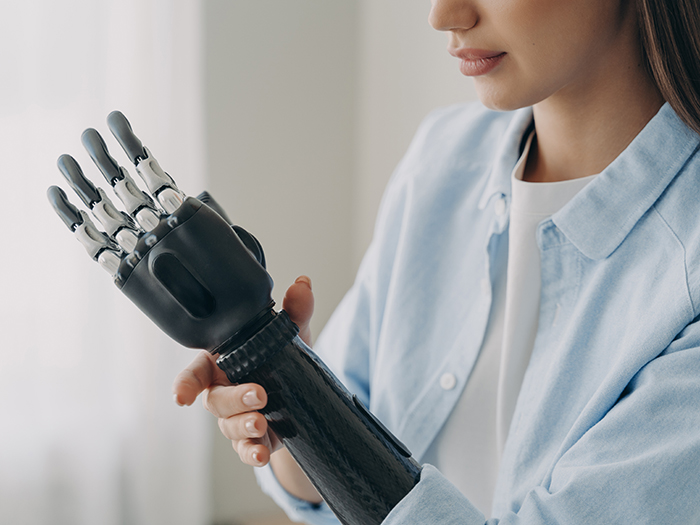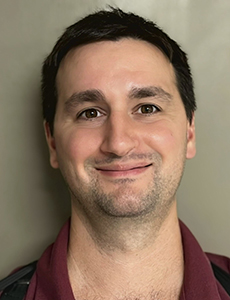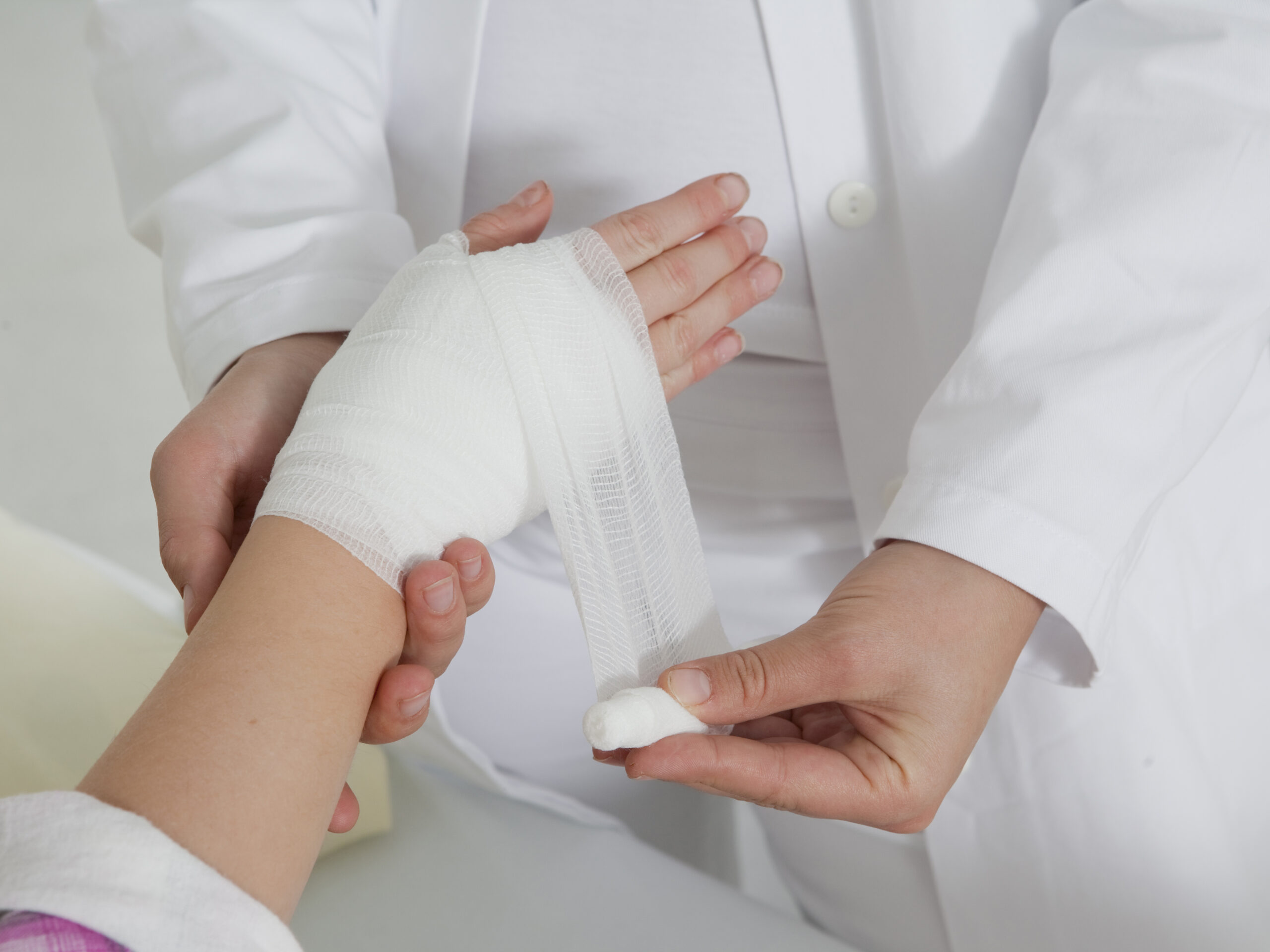Limb Replacement’s New Dawn

Technological advances in prosthetic devices are revolutionizing life for amputees, enabling them to return to work, sports, and daily activities with unprecedented functionality. One Call, a workers’ compensation care coordination company, recently hosted a virtual webinar featuring clinical experts and a bilateral amputee to demonstrate how modern prosthetics provide options for patients beyond what many might expect.

Jennifer McCarthy, clinical manager, One Call
The landscape of prosthetic technology has transformed dramatically in recent years, with innovations enabling more natural movement and greater functionality for users. Jennifer McCarthy, clinical manager at One Call, explains that the nature of amputations has shifted over time.
“When I started in the industry, we saw a lot of amputations due to vascular complications, but because of technology changes and surgical changes, we’re able to see more limb salvages,” she recalled. “The percentage of limb loss due to traumatic accidents has significantly increased.”
This shift matters because patients with traumatic amputations are typically healthier before their injuries, presenting both challenges and opportunities.
“They challenge us as prosthetists to come up with better technology so they can be more functional,” McCarthy notes.
Modern upper limb prosthetic options range from body-powered devices that use mechanical harnesses and cables to sophisticated myoelectric systems controlled by electrical signals from a user’s muscles. The latest myoelectric hands feature multiple grip patterns, powered thumbs, and natural movements that were impossible just a few years ago.
Pattern recognition technology represents the cutting edge, using multiple electrodes to read muscle patterns rather than just individual muscle contractions. As Brian Monroe, national upper extremity specialist at Hanger Clinic, demonstrated during the discussion, “Pattern recognition looks at the way [a user] tightens their muscles and sends it to a control … Instead of just picking up a single muscle, it memorizes the pattern.”
Successful Outcomes Require Teamwork

Brian Monroe, national upper extremity specialist, Hanger Clinic
The journey to successful prosthetic use involves collaboration between prosthetists, therapists, patients, and their families. The process begins with a thorough evaluation to determine the patient’s functional goals, range of motion, and ability to control different types of devices.
“Our goal is to look at what the functional goals are,” Monroe explains. “It really comes down to what the goals are.” This patient-centered approach ensures that the prosthetic solution matches what the user actually needs to accomplish in daily life.
The evaluation phase includes testing with diagnostic tools to determine whether a patient can generate the signals needed to control a myoelectric device. The prosthetist then creates a custom socket using casting techniques and diagnostic fittings to ensure proper fit and function.
Follow-up care is crucial for long-term success.
“For new users, they should be seeing their prosthetist definitely a week after delivery and then maybe another two weeks after that, but consistently,” McCarthy says. These check-ins address any issues with fit, function, or training that might otherwise lead to abandonment of the device.
The financial aspect requires planning as well. Modern myoelectric prosthetics can cost between $100,000 to $300,000, with body-powered options ranging from $15,000 to $40,000. These devices typically need replacement every 3-7 years, with myoelectric versions requiring more frequent updates than mechanical ones.
Living Without Limitations: Stephen’s Story

Stephen Shope, Community Care Coordinator, Hanger Clinic
Stephen Shope embodies the success possible with modern prosthetics. After a high-speed motorcycle accident 16 years ago, he woke up from a medically induced coma to find both arms amputated — one below the elbow and one above.
“I want to ride motorcycles again,” was one of his first goals, though his prosthetist encouraged him to start with more basic functions. “Let’s work on feeding ourselves first, basic human needs and hygiene,” Shope recalls being told.
Today, as a bilateral upper limb amputee, Shope uses different prosthetics for different activities. He employs myoelectric devices for precision tasks like eating, hygiene, and office work, while using more durable body-powered prosthetics for activities like riding motorcycles and yard work.
“At home, for shaving, hygiene, and cooking, it’s just easier with myoelectric. Now if I’m riding motorcycles or cutting the grass, the body-powered [devices] are going on all day,” he explains.
Beyond his own recovery, Shope now serves as a Hanger community care coordinator, mentoring new amputees. “I’ve taught tons of patients how to eat, whether they’re quad amputees, whatever it may be,” he says. “I personally don’t like it when patients use their disability as a cop-out. A lot of times it’s not that they can’t do something. They just haven’t figured out the right way to do it yet.”
His story demonstrates that with the right prosthetic technology, support team, and personal determination, amputees can achieve remarkable outcomes. As he puts it, “I was back working, school full-time, and work full-time” after getting his prosthetics.
Watch One Call’s full webinar here. &










